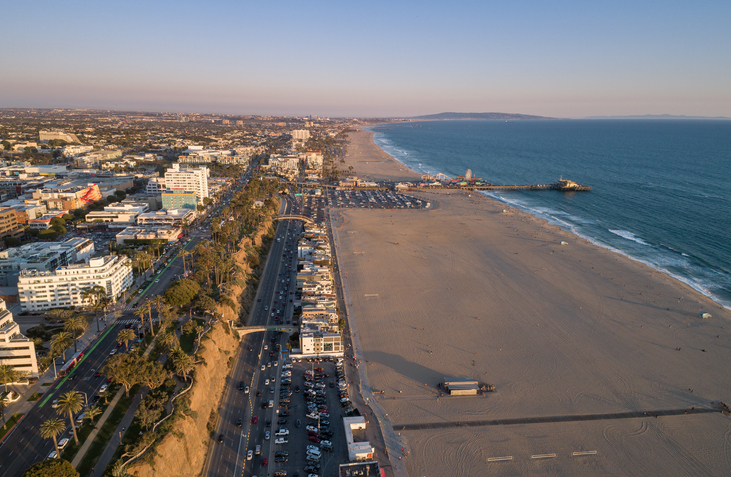At its meeting on July 13, Santa Monica City Council made changes to Santa Monica’s Affordable Housing Production Program and Housing Trust Fund that gives affordable housing waitlist priority to households displaced from Santa Monica in the 1950s and 1960s due to urban renewal policies.
This follows a March 2019 Council decision to explore a historical displacement policy to provide housing access to former residents who were displaced by the creation of the Civic Auditorium in the Belmar Triangle neighborhood and I-10 freeway in the Pico neighborhood, both of which disproportionately impacted low-income communities and communities of color.
“With this pilot, we strive to reach former residents or their descendants who were wrongly displaced from our community and to bring them back to Santa Monica through our affordable housing program,” said Santa Monica Mayor Sue Himmelrich. “If you or your family lost your home during this period, we urge you to apply for below market housing opportunities and to work with us as we look to craft a permanent program.”
The new pilot program will provide priority in City-funded housing and inclusionary housing for up to 100 households or descendants of households (children or grandchildren). With the adoption of the pilot, the City of Santa Monica’s affordable housing waitlist priority is now as follows:
- First priority (current) – Santa Monica households who have been or will be displaced from their homes due to a natural disaster, a government action, removal permit eviction, owner occupancy, Ellis Act, or a mobile home park closure.
- Second priority (newly adopted) — Households or descendants of households displaced from the Historic Belmar Neighborhood in what is today the Civic Center or along the I-10 freeway.
- Third priority (current) – Households who either live in Santa Monica or work at least 25 hours per week in Santa Monica.
Throughout the pilot, City staff will test and evaluate outreach strategies, applicant demand, the availability of historical documentation, verification processes, compliance with governing legislation, and the administrative resources required to implement a broader program.
If you or a member of your family was impacted by the construction of the Civic Auditorium or the I-10 freeway, the City encourages you to learn more at https://www.santamonica.gov/housing-BMH. Pilot program applicants will be referred to affordable housing opportunities once eligibility has been completed.
Separate from adopting the pilot program, Council reduced the minimum number of work hours required to qualify for waitlist prioritization as a Santa Monica worker from 36 hours per week to 25 hours per week. This change removes a qualification barrier for Santa Monica workers who are not employed full-time.













